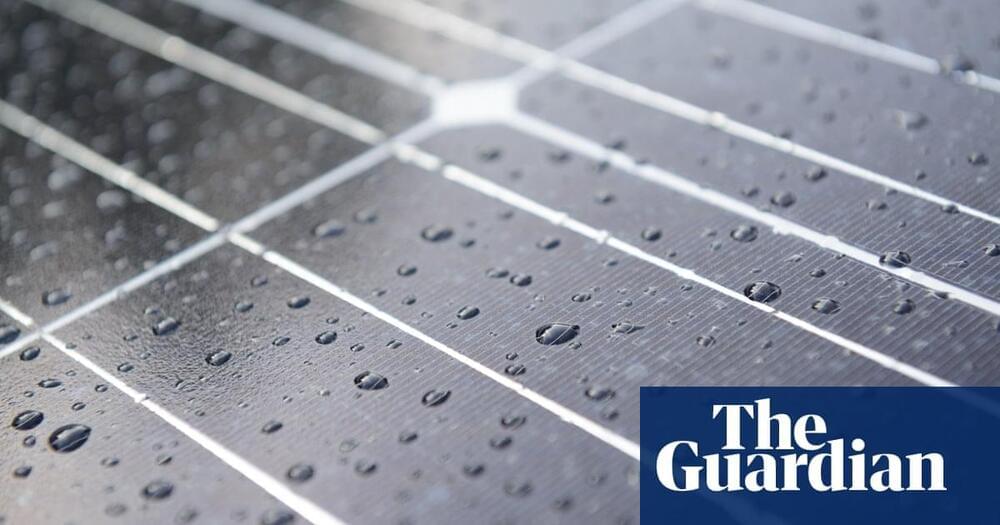A guy with no background in film or artificial intelligence is working on making an entire movie, in an ambitious attempt to open filmmaking to the masses.


A sad day for meat-lovers?
A Dutch city has decided to ban all meat advertisements from public spaces in an effort to reduce the consumption and green gas emissions. Haarlem in the Netherlands will enforce the ban from 2024 and with this it will become the first city in the world to ban meat ads.
#MeatAds #DutchCity #WorldNews.
About Channel:
WION The World is One News, examines global issues with in-depth analysis. We provide much more than the news of the day. Our aim to empower people to explore their world. With our Global headquarters in New Delhi, we bring you news on the hour, by the hour. We deliver information that is not biased. We are journalists who are neutral to the core and non-partisan when it comes to the politics of the world. People are tired of biased reportage and we stand for a globalised united world. So for us the World is truly One.

Well that’s a game changer.
Researchers have created a solar-powered device that produces hydrogen fuel directly from moisture in the air.
According to its inventors, the prototype produces hydrogen with greater than 99% purity and can work in air that is as dry as 4% relative humidity. The device would allow hydrogen to be produced without carbon emissions even in regions where water on land is scarce, they say.




Together with a Duke University team led by Dr. Barton Haynes, Alt and Luo then assessed the efficacy of these antibodies. Antibodies from three of the nine lineages were effective in neutralizing the original Wuhan-Hu-1 virus. The SP1-77 antibody and other members of its lineage, in particular, demonstrated extremely wide activity, neutralizing Alpha, Beta, Gamma, Delta, and all prior and current Omicron strains.
A new approach to virus neutralization
What caused the SP1-77 antibody to be so broadly neutralizing? Structural studies by a collaborating team led by Bing Chen, Ph.D. and Jun Zhang, Ph.D. at Boston Children’s Hospital and the Haynes group at Duke, showed that SP1-77 works differently from current antibodies (either therapeutic antibodies or those we make in response to current vaccines).

Were you unable to attend Transform 2022? Check out all of the summit sessions in our on-demand library now! Watch here.
Editorial Disclosure: The author of this article has a business relationship with James Phare, CEO and founder of Neural Alpha.
What does sustainability actually mean for organizations? Can it be measured, and if yes, how so? Often, these are obvious questions with less-than-obvious answers, even for sustainability and environmental, social and governance (ESG) professionals like James Phare.

Were you unable to attend Transform 2022? Check out all of the summit sessions in our on-demand library now! Watch here.
The last two years saw cloud technology heavily encouraged across almost every sector. For businesses wishing to thrive in the chaos of the pandemic, the move to cloud environments became a necessity amidst the shift to remote work and the frequent inability to access data centers.
As a result, more businesses than ever — including many in established industries such as manufacturing, retail and healthcare — have accelerated their adoption of cloud-first models and strategies. This approach is empowering these industries with more agility and efficiency in what has been a very uncertain time for the world and thus, for business.
